At Afterpay Australian Fashion Week, digital fashion becomes reality
With a new naming rights sponsor, Australian Fashion Week has made a long-awaited and welcome return.
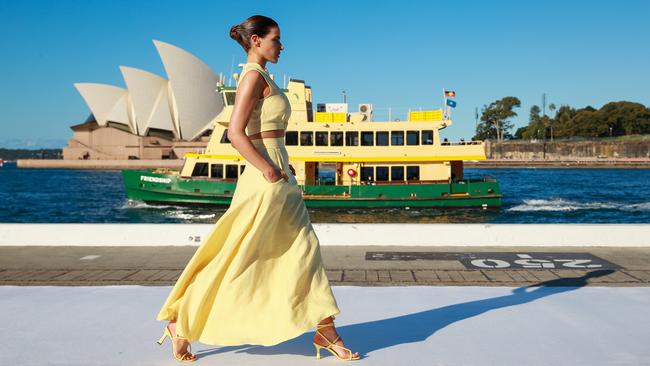
The time for billionaire tech tycoon Nick Molnar to put his stamp on a 25-year Australian Fashion Week tradition has arrived. As Melbourne remains in strict lockdown and the pandemic situation is perilous in many parts of the world, day one of the Afterpay Australian Fashion Week in Sydney felt like a real-life miracle .
Molnar’s $30 billion company, Afterpay, is seeking to colonise the fashion world as naming rights sponsor for not only the Australian week but also London and New York fashion weeks.
It is perhaps unsurprising – given that Afterpay is an astoundingly successful online payments service – that Molnar’s vision for the future of fashion is in large part digital.
“Fashion’s always been at the core of Afterpay’s DNA from day one,” Molnar says. “And particularly sustainability and being digital forward was top of mind as we were building our strategy (for fashion week).”
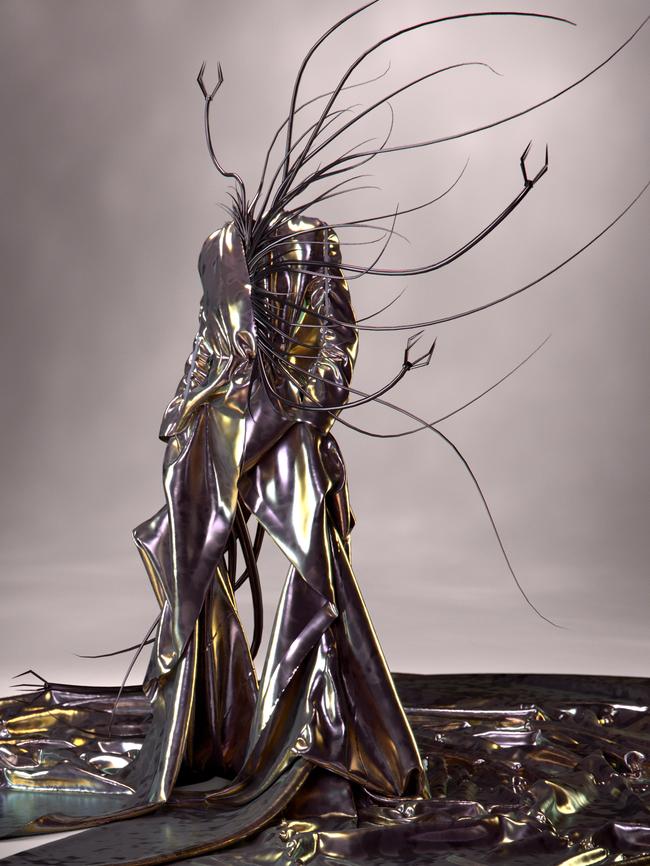
On Monday afternoon, Bassike presented the week’s first fully carbon neutral runway show. The sustainable credential is part of the Sydney-based brand’s recently announced responsible business goals; it’s aiming to achieve carbon neutrality within its head office and stores by 2025.
Co-founders Mary Lou Ryan and Deborah Sams presented their resort 2022 collection at a warehouse in Alexandria. The brand’s signature jersey cotton fabrication was spun into T-shirts, pants and dresses, and tinted with different tie-dye effects.
With live runway shows a core part of the week-long resort presentations – the Sydney backdrop was leveraged beautifully by local label Bondi Born on Monday – virtual elements such as Digi_Couture, an on-site activation that houses Australia’s first piece of digital couture, are also drawing crowds of curious show-goers.
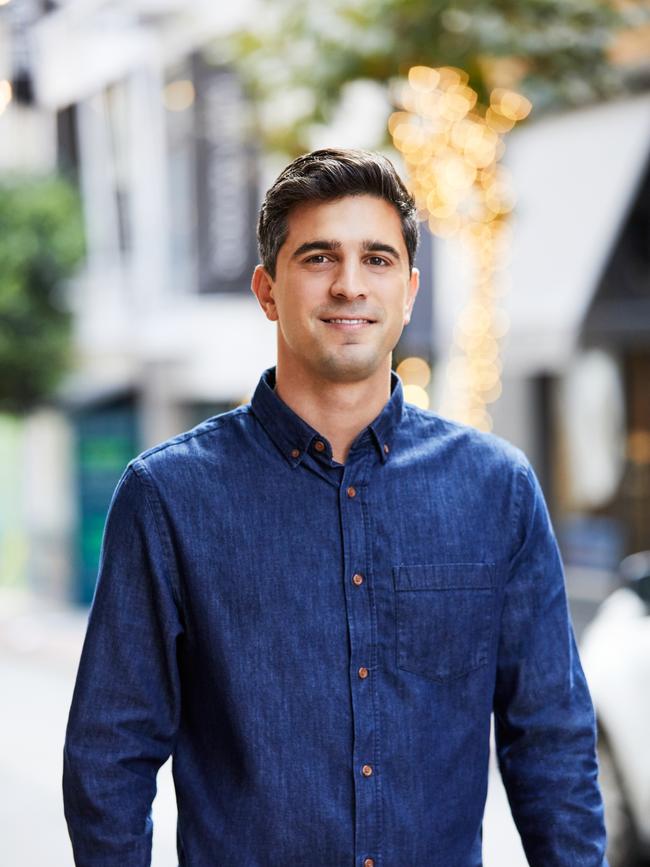
The unisex coat was brought to life by trailblazing digital design atelier The Fabricant, which has collaborated with global brands such as Adidas and Tommy Hilfiger, among others, in a four-way partnership with virtual clothing platform DressX, Afterpay and Australian designer Toni Maticevski.. Maticevski, whose sculptural, high-glamour gowns have been worn by celebrities such as Jennifer Lopez and Kim Kardashian, dreamt up the virtual garment, named the Animator Overcoat.
From concept to completion, the coat took eight weeks to make. Fashion week attendees wishing to be photographed in the coat will have it “fitted” to their bodies, with an “exclusive shareable asset” landing in their inboxes, ready to be beamed out on Instagram, 24 hours later.
“I think there’s always going to be a really important role for physical retail, and a really important role for online retail, and then there’s a space in the middle where the digital fashion industry has its moment and opportunity to build new ecosystems that are a blend between the physical and digital world,” Molnar says. “So you’re going to see a universe between online and offline that will be more engaging, more real, and I think it’s going to happen at a faster pace that anyone can anticipate.”
Molnar is optimistic that digital garments such as the Animator Overcoat will play a defining role in the future of fashion. But he acknowledges “the time frame before these digital garments really start to go mainstream, I still think it has a little way to go”.
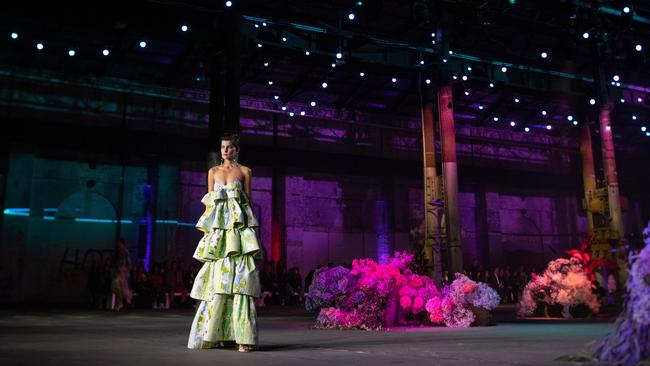
“But if we can play the role of bringing it top of mind for consumers and brands, and communicating the benefits of the digital fashion industry, it’s an amazing privilege for us to have, to play that role.”
Not everyone shares Molnar’s enthusiasm when it comes to paying for clothing they can’t physically wear. But the Afterpay chief executive is positive that, as with every technological revolution we’ve baulked at and then adopted, we will metabolise and normalise digital fashion.
“I think these trends are going to continue to be more and more prominent over time. There are a lot of things that have happened in our lives that the mind couldn’t get to until we could touch and feel what the new world could look like,” Molnar says. “The proliferation and quality of technology, and the ability to engage in the digital fashion industry – we haven’t had a chance to do that until times like today.”

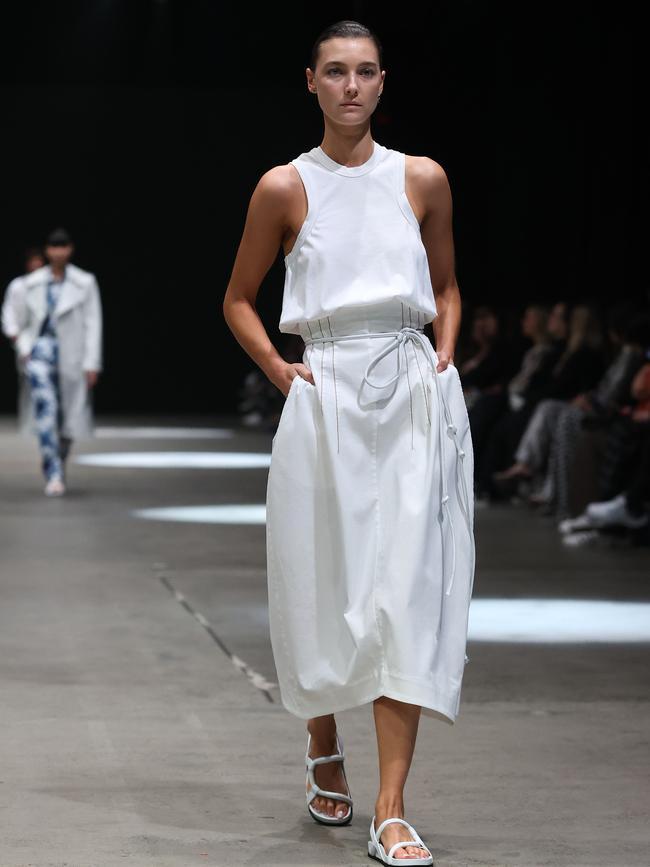
Last month it was announced the buy-now-pay-later pioneer also would sponsor New York Fashion Week in September. This became Afterpay’s third major fashion week agreement; in February its UK-based business, Clearpay, signed on to sponsor London Fashion Week.
While many Australian designers participating in AAFW jumped at the opportunity to stage a physical runway show after the cancellation of last year’s festival, others, such as New Zealand-based designer Maggie Marilyn and MacGraw, the Australian womenswear label run by sisters Tessa and Beth MacGraw, are experimenting with presentations that combine physical and digital elements.
Other highlights from day one of AAFW included Jordan Dalah, a graduate of respected London design school Central Saint Martins. Cocooning shapes and pillowy volumes defined his AAFW debut; what the clothes lacked in practicality, they made up for in delight and creativity.

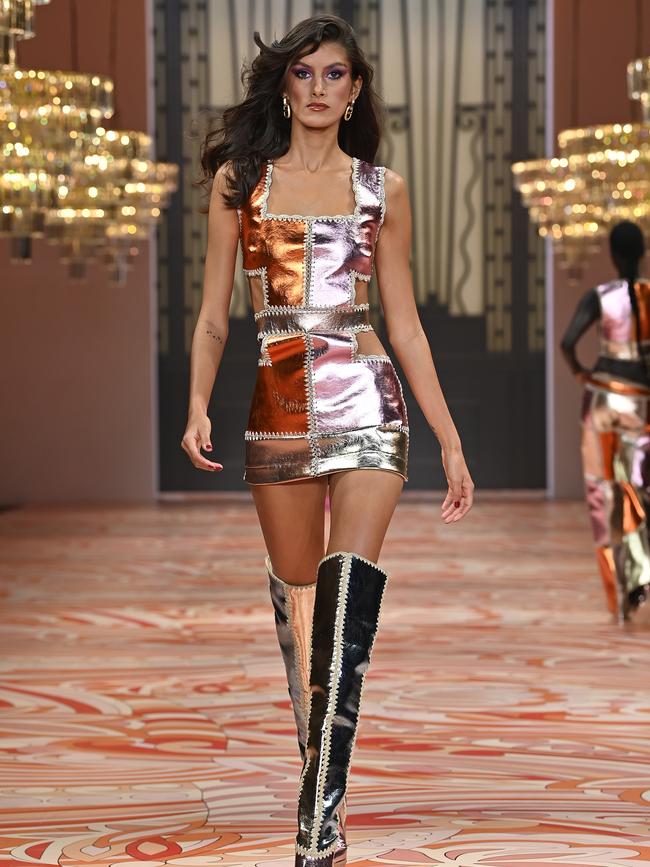
Months after appointing administrators to her 18-year-old fashion label, designer Alice McCall made a triumphant return to the catwalk on Monday afternoon. Hers was one of the festival’s consumer-facing events, open to the public as well as to the fashion media. McCall’s 2022 resort collection was full of colour and 1970s inspired florals. The feeling of joy and fresh beginnings was palpable.
Another return to the runway was scheduled for later in the evening, with Romance was Born to debut its first bridal collection. The collection was created by upcycling materials that designers Luke Sales and Anna Plunkett have collected through the years. It marks the pair’s first runway appearance since showing in Paris in 2018. After presenting their new collection to the media, they too will host a consumer-facing show.
While the fashion flair of Victoria’s style contingent was notably absent because of Melbourne’s lockdown, it was refreshing to see the return of street style to Carriageworks after a 24-month hiatus. Fashion peacocks such as Christian Wilkins, model Sarah Ellen and stylist Fleur Egan preened and posed for photographers in the forecourt, offering a colourful reprieve after seasons of sweatpants and Lycra.
With Europe and the US still unable to hold major fashion week events, such a potent concentration of elevated, bold style was a rare and welcome sight.
Day two of AAFW will kick off with Sydney-based menswear brand Commas, which will unveil its new collection at the ripe hour of 7.30am on Tamarama beach. It will be the first time the label’s husband-and-wife team of Emma and Richard Jarman has shown at Australian Fashion Week – they’ve previously shown on the Milan Fashion Week digital schedule and at trade week in Paris.
The Commas show will be followed by Ginger & Smart, before iconic Australian accessories brand Oroton makes its Australian Fashion Week debut.


To join the conversation, please log in. Don't have an account? Register
Join the conversation, you are commenting as Logout